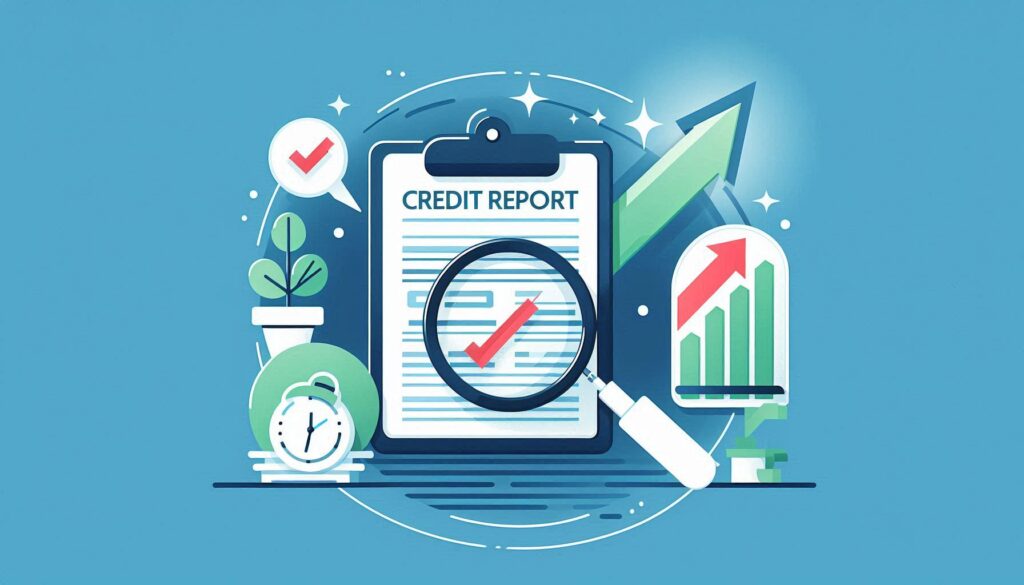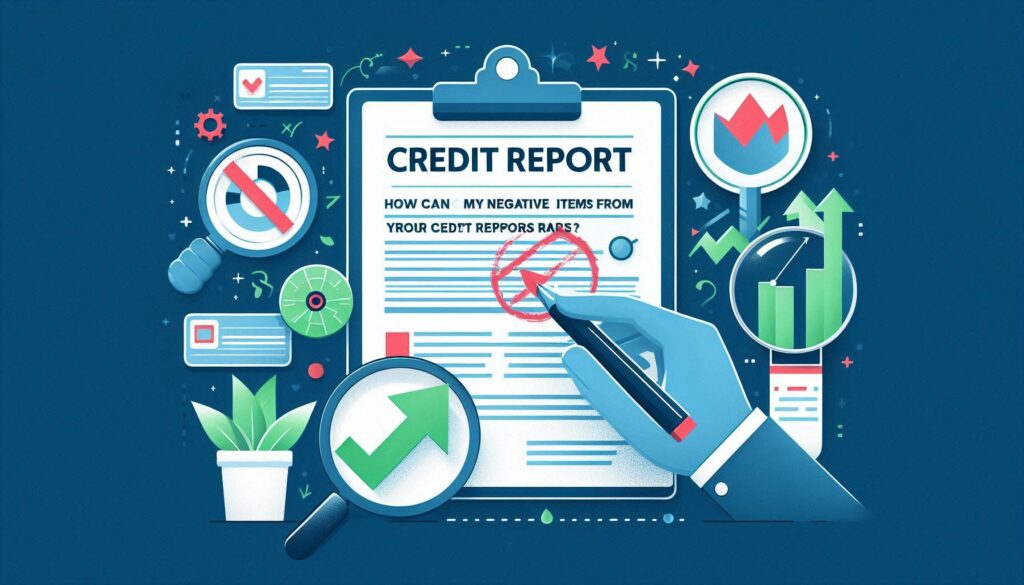
Your credit score plays a crucial role in many aspects of life, from securing a mortgage or auto loan to even getting a job. This article will help you understand credit scores, identify mistakes in your credit reports, and dispute negative items to keep your credit healthy.
Understanding Credit Scores
A credit score is a three-digit number that tells lenders your general state of credit. While a low score could restrict your choices, a high score will enable you to qualify for superior financial solutions. Before making decisions, landlords, companies, and financial institutions routinely check credit records.
Ways to Maintain a Good Credit Score:
- Pay all of your expenses on time.
- Limit credit use.
- Check your credit reports often for mistakes.
However, removing negative items from your credit record only helps if they are indeed erroneous. The Consumer Financial Protection Bureau (CFPB) states this clearly on their website.
How Credit Scores Are Calculated
Understanding how credit scores are calculated can help you manage your credit properly. The most commonly used scoring systems are:
Credit Score Ranges for FICO:
- Exceptional: 800+
- Very Good: 740–799
- Good: 670–739
- Fair: 580–669
- Poor: Below 580
According to Experian, the average FICO score in 2022 was 714, which falls under “good.”
What to Do If You Find Errors in Your Credit Reports
Review reports from the three main credit bureaus—Experian, Equifax, and TransUnion—at least a few times a year to maintain your credit score. Reviewing your credit records will enable you to identify errors and misleading information that could negatively impact your score.
How to Access Your Credit Reports
You can access your credit reports for free via AnnualCreditReport.com. This portal allows you to check reports from all three bureaus once per week.
Negative Items
How to Dispute Negative Items on Your Credit Reports
If you find errors, follow these steps to dispute and remove them:
- Create a dispute letter explaining what you believe is incorrect and why.
- Attach supporting documentation, including corrected versions of your credit reports.
- Provide proof such as billing statements showing paid balances.
- Request a correction to remove or update incorrect information.
- Include your contact details (name, address, phone number).
- Send the dispute to the reporting credit bureau and the company that provided the incorrect information.
If the error appears on all three credit reports, send disputes to Experian, Equifax, TransUnion, and the reporting entity.
Credit Bureau Dispute Mailing Addresses:
| Credit Bureau | Mailing Address | Phone Number |
|---|---|---|
| Experian | P.O. Box 4500, Allen, TX 75013 | (888) 397-3742 |
| Equifax | P.O. Box 740256, Atlanta, GA 30348 | (866) 349-5191 |
| TransUnion | P.O. Box 2000, Chester, PA 19016 | (800) 916-8800 |
If you are not disputing information online, send your disputes via certified mail for tracking purposes.
Common Credit Report Errors That Hurt Your Score
The CFPB identifies several common credit report errors that may lower your score:
- Errors in personal information (name, address, phone number)
- Accounts opened due to identity theft
- Closed accounts reported as open
- Accounts wrongly recorded as late or delinquent
- Incorrect balances or payment history
- Duplicate debts listed multiple times
Regularly reviewing and disputing errors can help maintain a good credit score.
Final Thoughts on Removing Negative Items
Regularly reviewing your credit reports will help you maintain a healthy score and qualify for better financial opportunities. Identifying and correcting errors prevents unnecessary credit damage. Since reviewing your reports is free, there are no downsides to staying informed. However, ignoring credit report issues could lead to financial losses in the future.
Taking early action ensures your credit report accurately represents your financial history, ultimately improving your access to loans, credit cards, negative items and other financial products.
Negative Items in 2025





